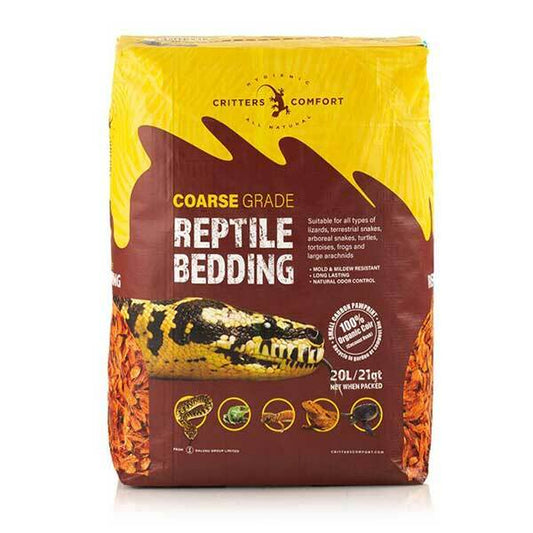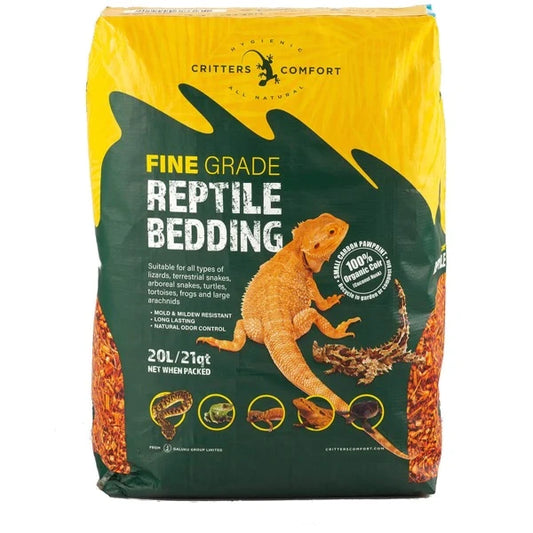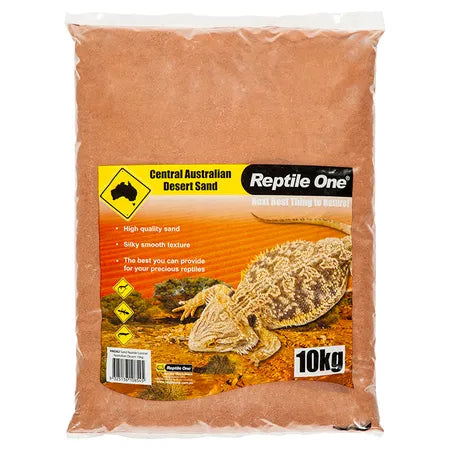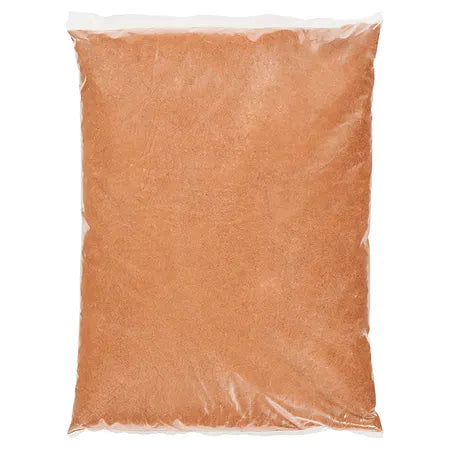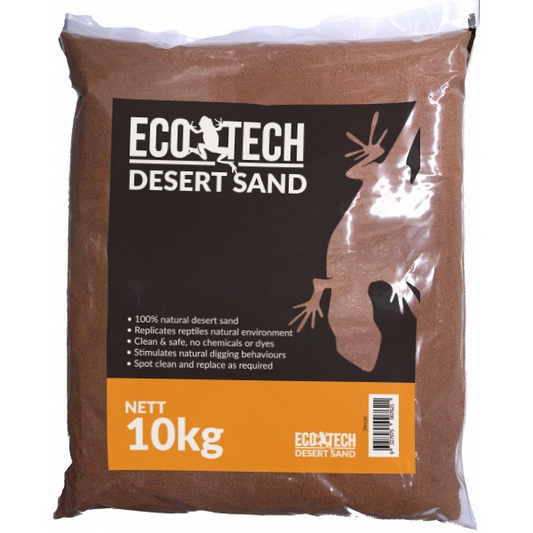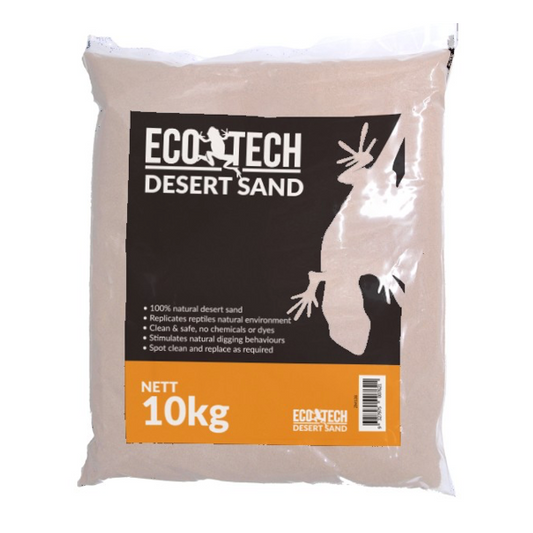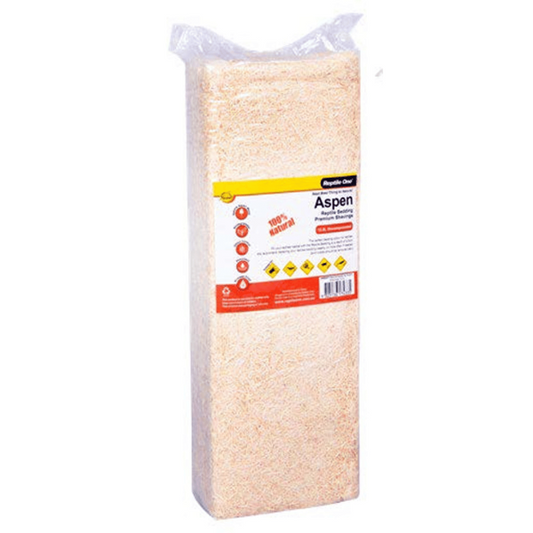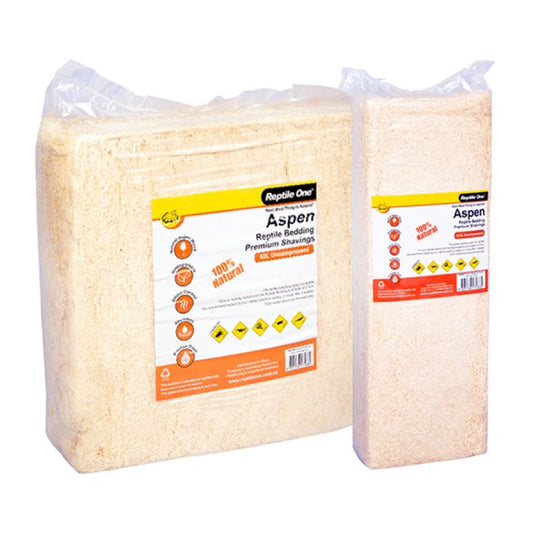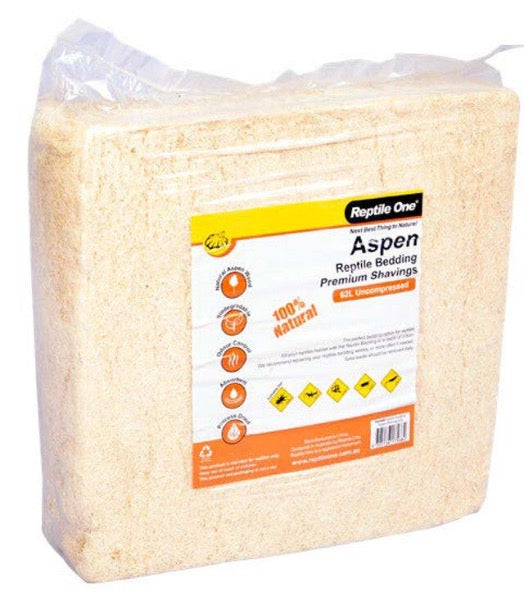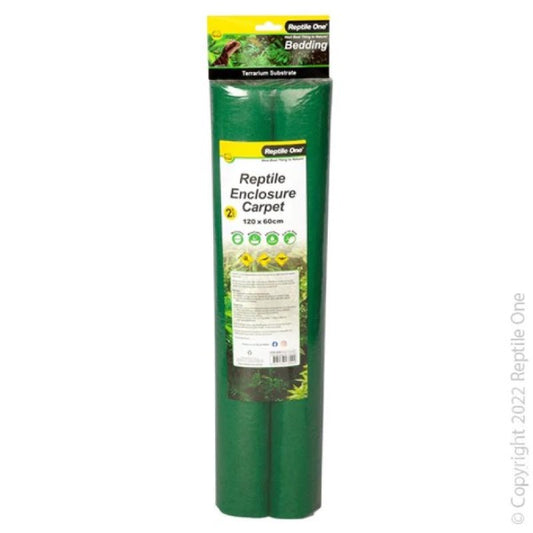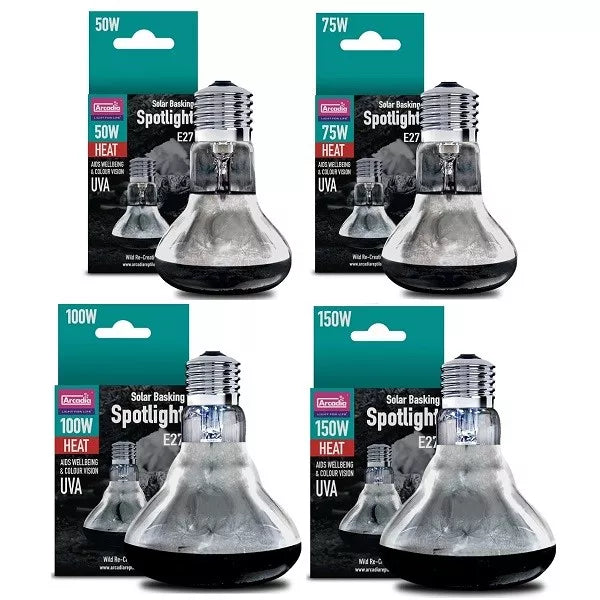Collection: Reptile Enclosure Substrates
Reptile substrate is a foundational material used in reptile enclosures, serving various functions to create a suitable habitat for reptiles. It's the flooring or bedding that lines the bottom of the enclosure and plays a crucial role in mimicking the natural environment of the reptile species housed within.
Substrate comes in diverse forms, catering to different reptile species' needs and enclosure setups. Some common types include:
-
Bedding/Substrates:
- Reptile-Specific Bedding: Tailored substrates made of materials like Fur Bark and Aspen mulch, designed to retain moisture and provide a naturalistic environment.
- Sand and Desert Blends: Mimic arid environments for species like bearded dragons or certain snakes. These are often composed of red desert sand, these are not suitable for all reptiles.
-
Functional Properties:
- Moisture Retention: Some substrates retain moisture better, crucial for reptiles requiring higher humidity levels like certain snakes or amphibians.
- Aiding Burrowing: Substrates that allow burrowing behavior are essential for reptiles like certain types of snakes and lizards.
- Odor Control: Certain substrates are designed to absorb odors, keeping the enclosure fresh for longer periods.
-
Safety Considerations:
- Ingestion Risk: Substrates should not pose a risk of ingestion leading to impaction for reptiles, especially for species prone to exploring or eating substrate.
- Non-Toxicity: It's crucial that substrates are free from chemicals or materials that could harm reptiles.
When choosing a substrate, it's vital to consider the specific needs of the reptile species in terms of humidity, behavior, and safety. Regular cleaning and monitoring of the substrate are necessary to maintain a hygienic environment for the reptile's health and well-being.
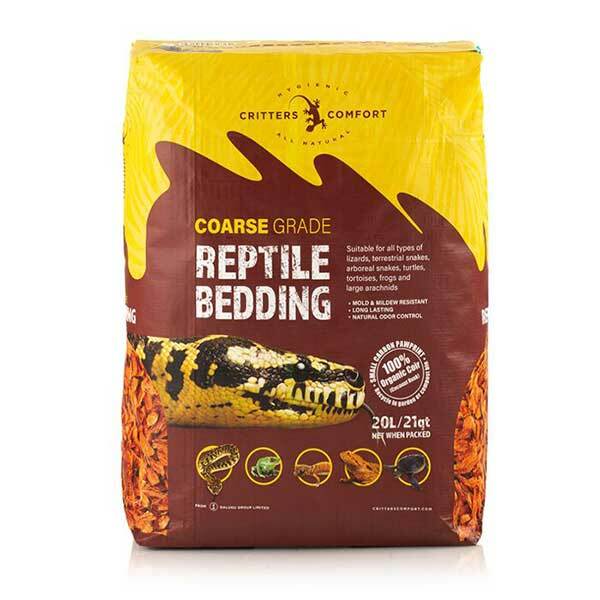
-
Critter Comfort Reptile Bedding - Coarse
Regular price $26.00 AUDRegular priceUnit price / per$34.00 AUDSale price $26.00 AUDSale -
Critter Comfort Reptile Bedding - Fine
Regular price $26.00 AUDRegular priceUnit price / per$34.00 AUDSale price $26.00 AUDSale -
Reptile One Red Desert Sand 20kg
Regular price $48.00 AUDRegular priceUnit price / per -
EcoTech Red/White Desert Sand 10kg
Regular price $25.00 AUDRegular priceUnit price / per$28.00 AUDSale price $25.00 AUDSale -
Aspen Reptile Bedding 1kg - Reptile One
Regular price $12.00 AUDRegular priceUnit price / per -
Aspen Reptile Bedding 4kg - Reptile One
Regular price $42.00 AUDRegular priceUnit price / per$42.99 AUDSale price $42.00 AUDSale -
Reptile One Enclosure Carpet 2pk 120x60cm
Regular price $22.00 AUDRegular priceUnit price / per
-
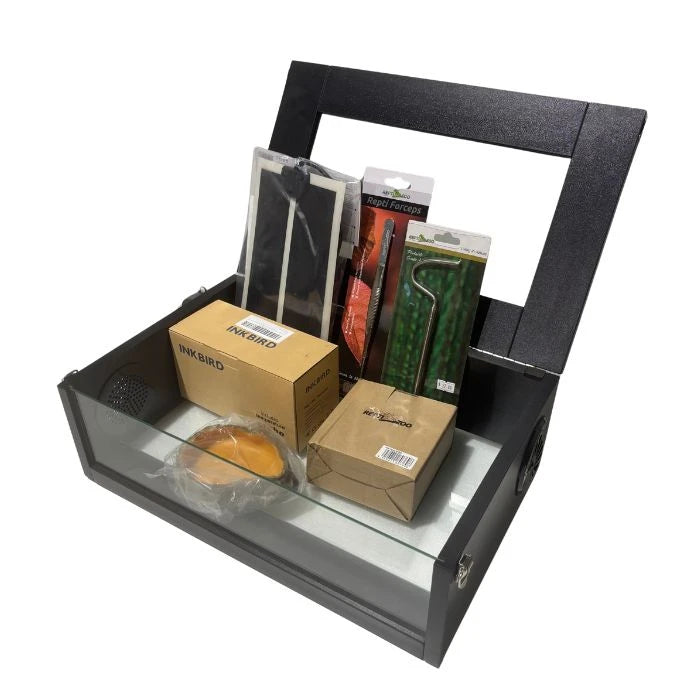
Enclosures
Reptile enclosures serve as the primary habitat for captive reptiles, providing a...
-
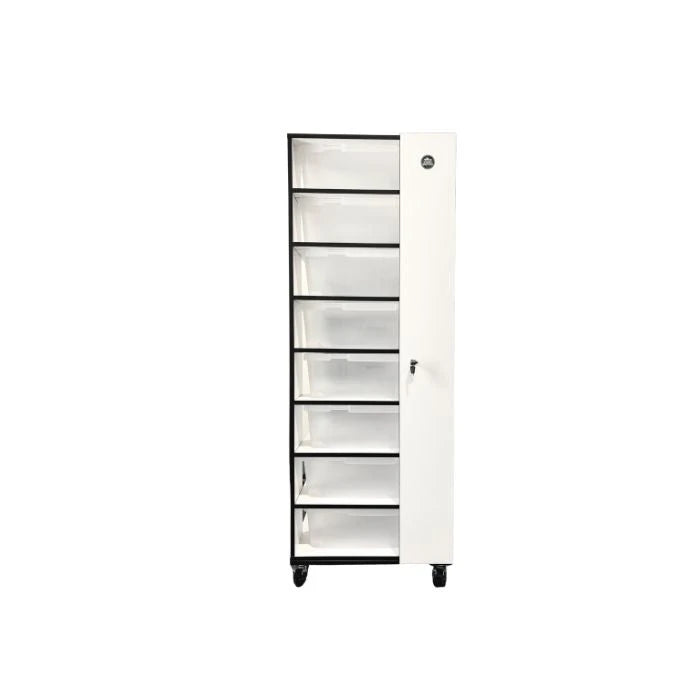
Reptile Racks
Reptile racks are specialized housing systems designed to efficiently and compactly house...
-
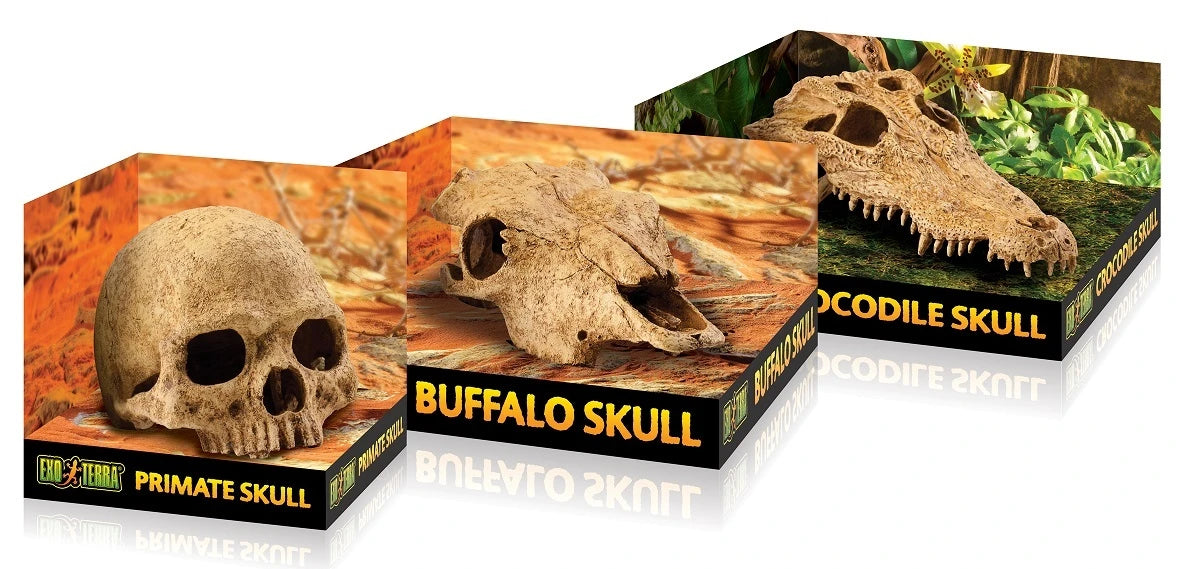
Reptile Decorations
Reptile accessories encompass a wide array of items designed to enhance the...

